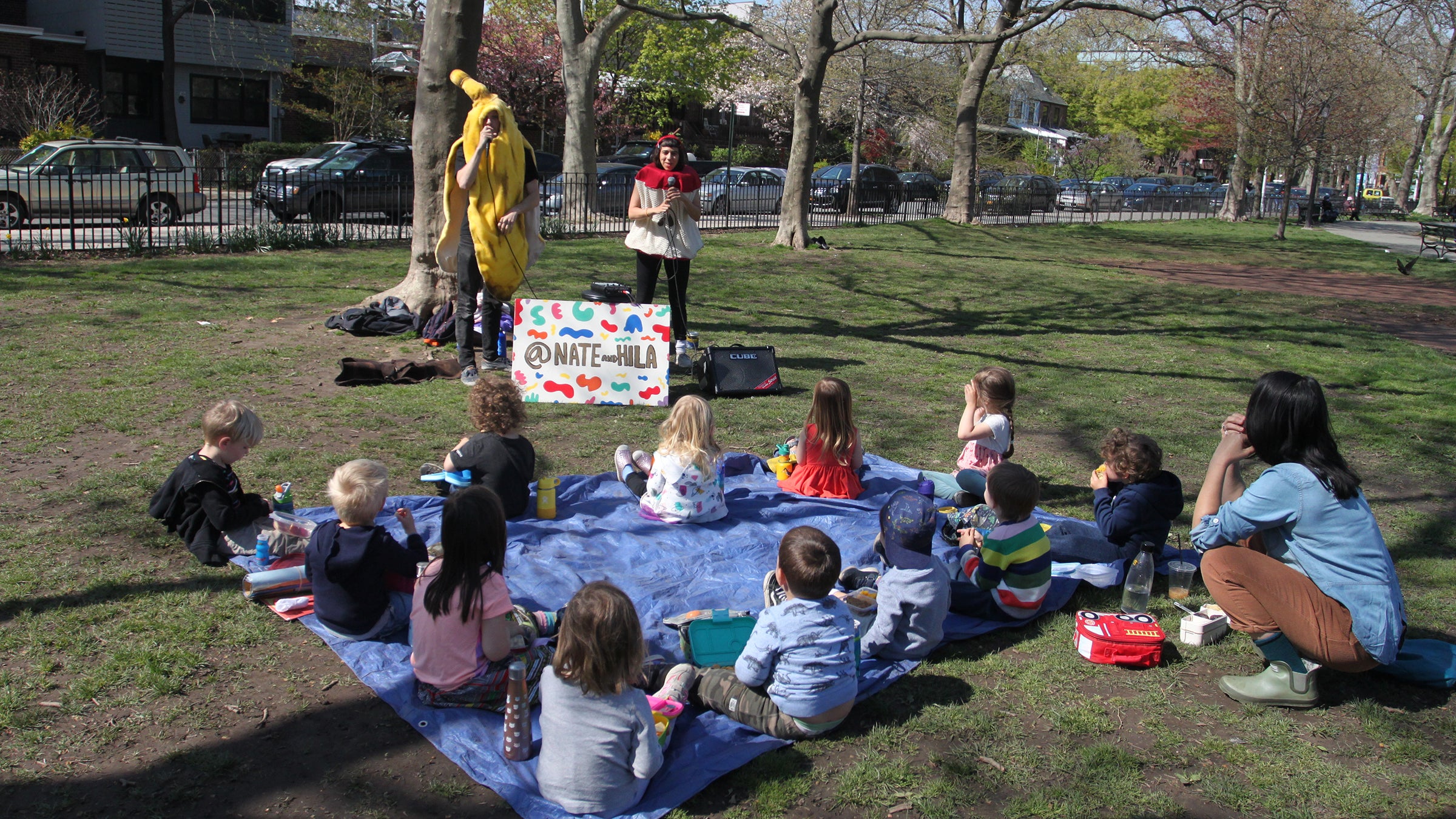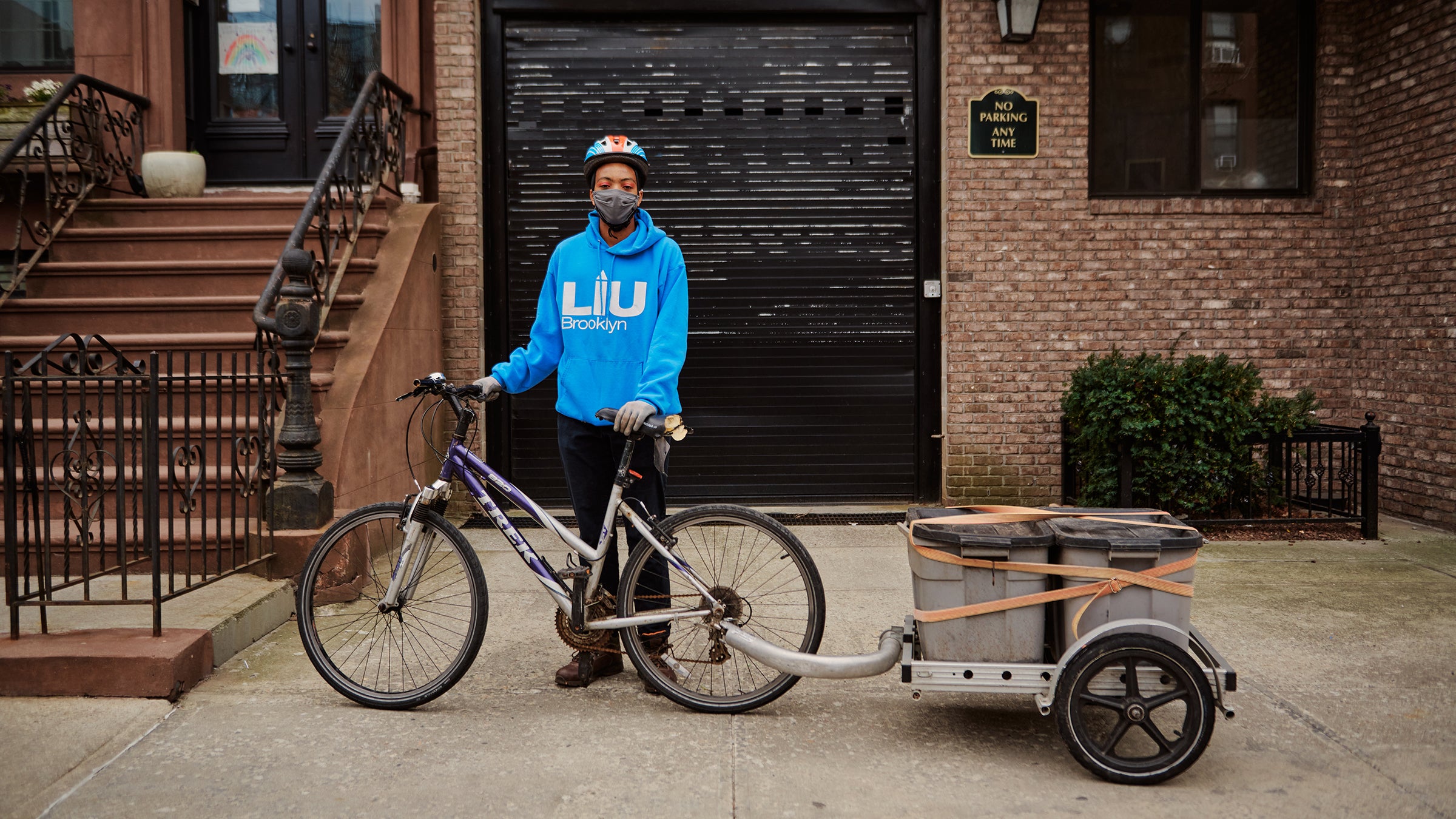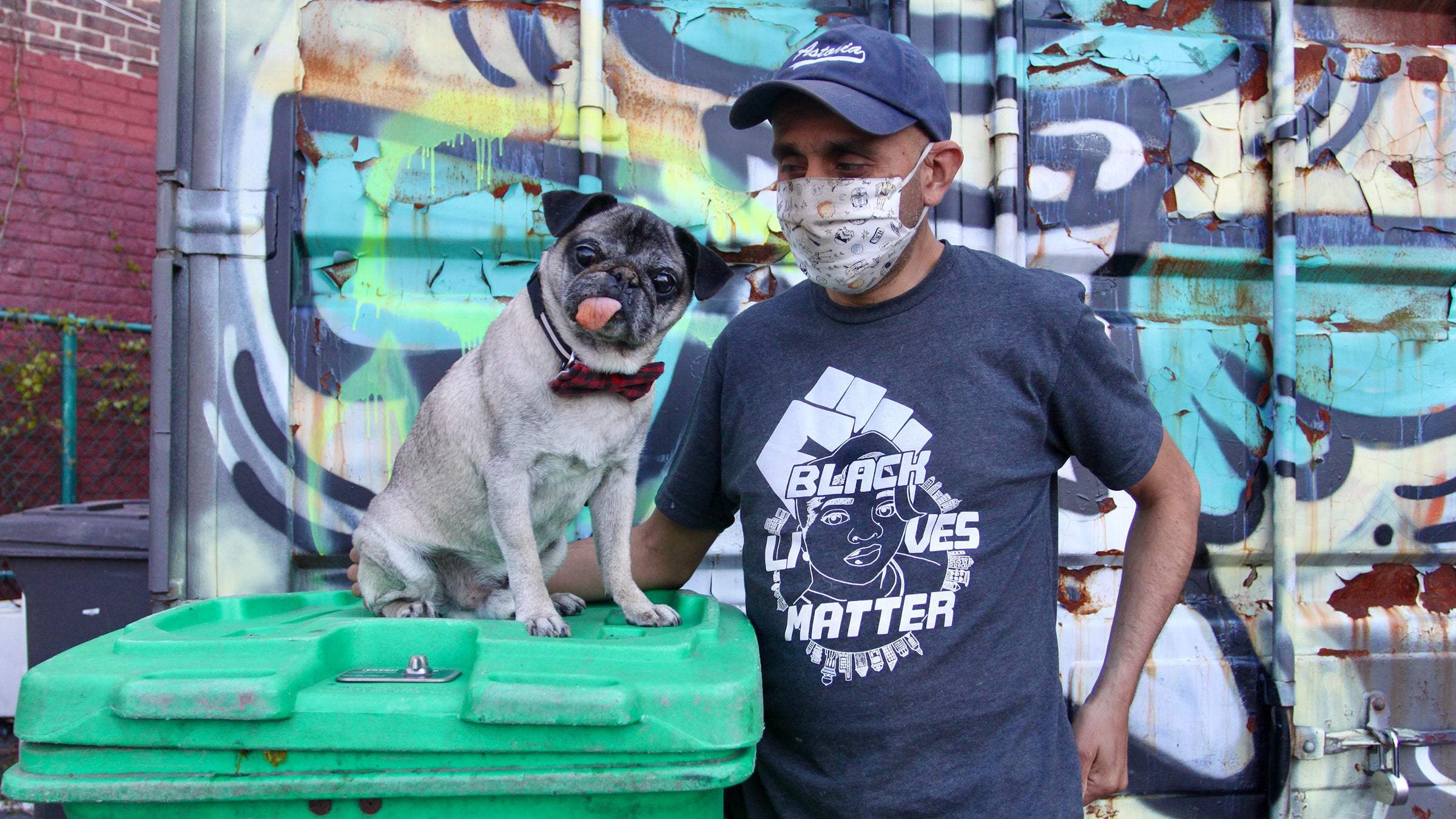Inside the Battle to Save Compost in New York City
Earth-loving New Yorkers are drawing from an unlikely arsenal of activism, hip-hop, marathon city-council Zoom meetings, and one sassy pug to hold the city to its zero-waste commitments. If they succeed, the environmental benefits could be huge.
New perk: Easily find new routes and hidden gems, upcoming running events, and more near you. Your weekly Local Running Newsletter has everything you need to lace up! .
A pandemic was not going to deter Lou E. Reyes from composting. Even at the height of New York City’s early wave of COVID infections, Reyes masked up and dutifully lugged his bag of food scraps to his neighborhood’s collection site in Astoria, Queens. In late March 2020, however, Reyes arrived to find a sign stating that the sanitation department all composting services. Organic scraps would now be sent to landfills rather than converted into compost. “I had a moment of panic,” Reyes says. “I saw a garbage can there, full of food scraps, and I was like, I cannot.”
He biked his scraps back to his apartment.
Reyes had always taken composting for granted. It was something he did as a kid with his eco-conscious mother in California, and he stuck with it after moving to New York City to work in casting and production in the fashion industry. His girlfriend, Caren Tedesco, grew up in a composting household in Brazil. The couple sees composting as one of the few tangible things they can do to help curtail climate change, because keeping organic scraps out of landfills cuts down on the emission of methane, a significantly more potent greenhouse gas than carbon dioxide. “Composting is not a lifestyle choice or some cool or strange thing that a few people do—it’s crucial,” Tedesco says. “It’s key to solving a lot of our community issues.”
For Tedesco and Reyes, New York City’s abrupt shuttering of its organics collection program was a shortsighted step backwards. They weren’t alone: the city’s suspension of compost services “unleashed the wrath of New Yorkers,” says Antonio Reynoso, Brooklyn’s borough president. “What this did is create a ton of new advocates.”
In spring 2020, the collective frustration of over 20,000 compost-loving New Yorkers culminated in the creation of , one of the most energetic and diverse garbage-driven campaigns the city has seen in years. The group is seeking nothing short of a complete revamp of New York City’s approach to compost. Its ideal program is one both universal and mandatory, with accompanying educational outreach and a strong emphasis on local processing. “This is literally the bare minimum any government at a local level has to do today,” Tedesco says. “New York City must have a universal composting program, and this has to be implemented as fast as possible.”











